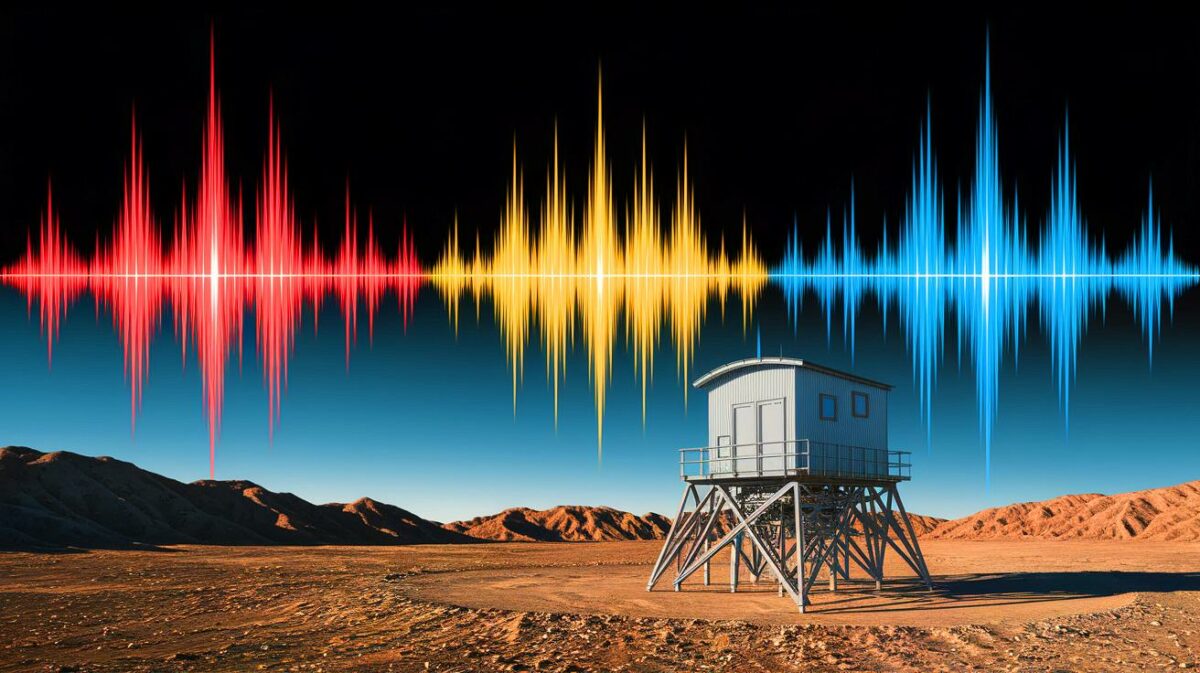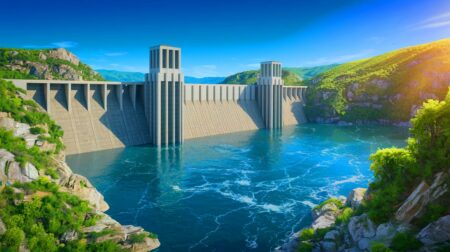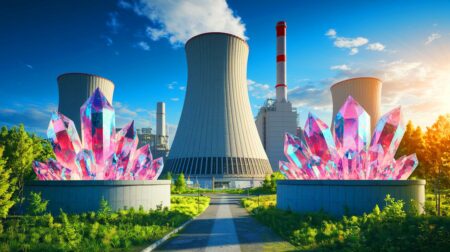| IN A NUTSHELL |
|
Recent studies have reignited the debate about whether earthquake tremors could potentially disguise underground nuclear test explosions. Scientists from the Los Alamos National Laboratory in the United States are challenging past conclusions, suggesting that the seismic waves generated by nuclear blasts might overlap with those from natural earthquakes, making it difficult to differentiate between the two. This revelation could have significant implications for global nuclear monitoring systems, potentially altering how the international community detects and responds to nuclear tests.
Study Proposes Earthquake Tremors Can Hide Nuclear Test Explosions
The groundbreaking study from Los Alamos scientists highlights the challenges faced by advanced detection systems when distinguishing between seismic waves from earthquakes and those from nuclear explosions. Their research indicates that the accuracy of identifying a 1.7-ton nuclear weapon explosion drops dramatically to just 37% if an earthquake occurs within 155 miles and within 100 seconds of the explosion. This is a stark contrast to the 97% detection accuracy in the absence of seismic disturbances.
Such findings underscore the complexity of monitoring nuclear tests, as overlapping seismic waveforms can obscure not only explosions but also smaller earthquakes. The masking effect reduces detection rates from 92% to a mere 16% in these scenarios. This suggests a possible underestimation of low-magnitude seismicity during swarms or aftershock sequences, presenting a significant challenge for global monitoring efforts.
Alternatives for Better Detection
In response to these challenges, the scientists have proposed innovative methods to improve the differentiation between nuclear explosions and natural seismic events. By utilizing data from the Nevada National Security Site, they scaled down explosion waveforms to mimic smaller events and mixed these with earthquake signals to test detection capabilities. This approach aims to refine the ability of detectors to distinguish between the two.
However, identifying a nuclear explosion involves more than just seismic analysis. Other indicators, such as the presence of radionuclides in the atmosphere, are also considered to confirm such events. While complete concealment of a nuclear test explosion by an earthquake may not be feasible, these advancements could enhance detection capabilities using seismic signals, contributing to more effective monitoring in the future.
Revisiting the Comprehensive Nuclear-Test-Ban Treaty
The Comprehensive Nuclear-Test-Ban Treaty (CTBT), established in 1996, plays a crucial role in prohibiting all nuclear explosions worldwide. Its verification regime is designed to detect nuclear explosions conducted anywhere—underground, underwater, or in the atmosphere. However, the new findings from Los Alamos prompt a reevaluation of the treaty’s monitoring mechanisms, as they may need to be adapted to account for the potential masking effects of earthquakes.
This development calls for international collaboration to enhance detection technologies and ensure the CTBT remains effective in its mission. Strengthening verification protocols could prevent countries from exploiting natural seismic events to conceal nuclear tests, thereby maintaining global security and stability.
Implications for Global Security
The potential for earthquake tremors to mask nuclear test explosions has far-reaching implications for global security. It raises concerns about the reliability of current monitoring systems and the possibility of undetected nuclear tests, which could undermine international disarmament efforts. This challenges the international community to develop more sophisticated detection methods to ensure compliance with nuclear treaties.
Furthermore, these findings highlight the need for increased transparency and cooperation among nations to address the limitations of current detection technologies. By investing in research and development, the global community can enhance its ability to monitor and verify nuclear activities, ultimately contributing to a safer and more secure world.
As we explore the intersection of seismic science and global security, one must wonder: How can the international community effectively adapt to these new challenges to ensure a comprehensive and reliable nuclear monitoring framework?
Did you like it? 4.5/5 (24)









Wow, this is mind-blowing! How can we be sure we’re safe if nuclear tests can be hidden like this? 😨
Are there any real-world examples where earthquakes have masked a nuclear test?
Great article! Thanks for highlighting this important issue. 🌍
I don’t see how a little earthquake could really hide a nuke. Sounds like science fiction to me!
Does this mean we need to invest more in seismic technology to catch these hidden tests?
Sounds like a James Bond plot! 😅
How does this research impact current nuclear treaties? Will there be changes?
Thank you for shedding light on such a critical topic! This definitely needs more attention.
Interesting read! But are the proposed detection methods foolproof?
🤦♂️ … As if a country is just sitting there, finger on the button,
waiting for an earthquake – so they can test a nuke ….
What a hypertherical lot of nonsense..